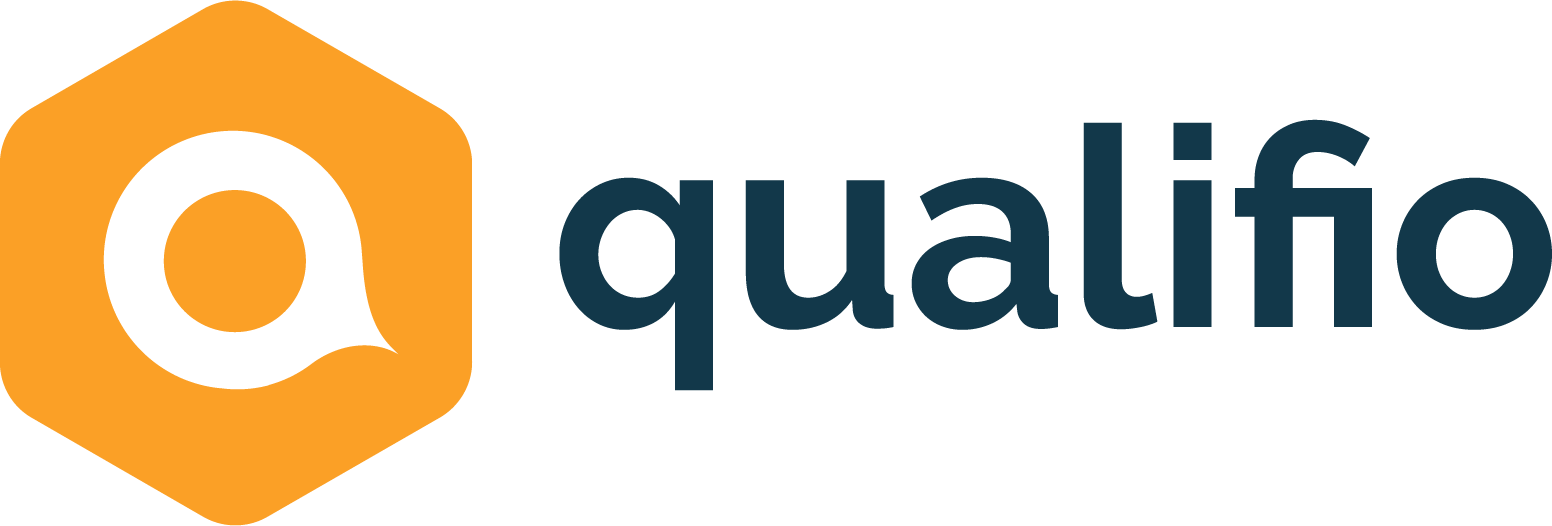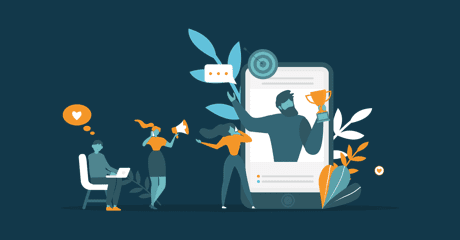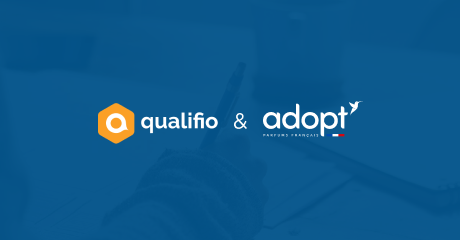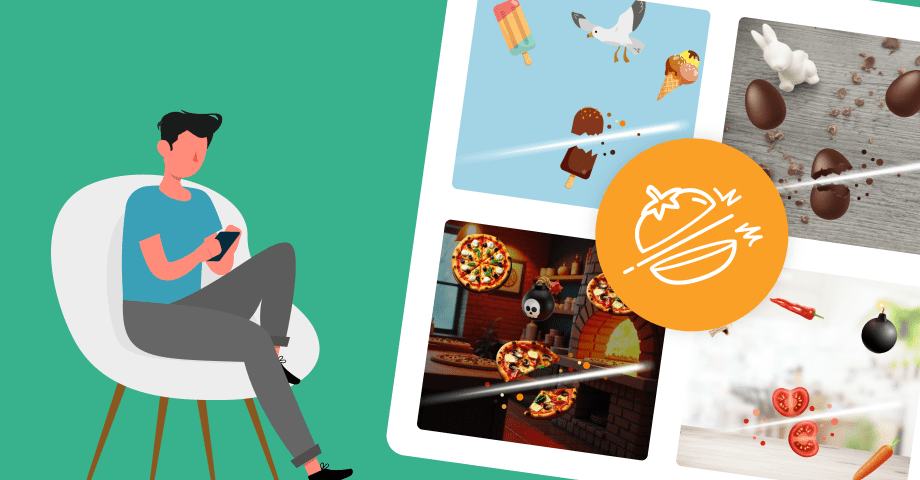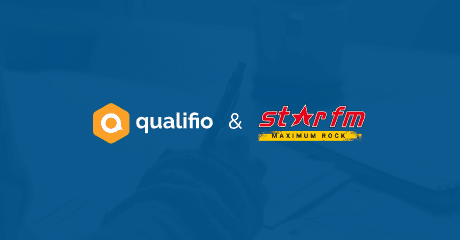Gamification marketing – how it can increase user engagement
Gamification marketing is one of the biggest buzzwords floating around the digital marketing ecosystem in the past few years. Why? According to Bruno Patino’s book, “La civilisation du poisson rouge“, the attention span of a goldfish is eight seconds. But can you guess what the average span of a human is in the digital age? Barely nine seconds.
This explains why capturing the consumer’s attention has become one of the top priorities of marketing professionals in our day and age. But consumers are being bombarded from all sides whether it’s written, video or audio content, or mobile app notifications, or ads on social media, the consumer no longer knows where to look or what to turn their attention to. And in the future cookieless world, where brands will need to collecting first- and zero-party data in order to engage with and get to know their audience better, grabbing the consumer’s attention is all the more vital.
And that is where gamification comes into play.
Gamified content can be easily integrated into your Inbound Marketing strategy because it is a piece of content that conveys a message, in the same way that a blog post, social media post and email can.
Gamification marketing has several advantages, such as:
- 🤩 Improving your brand visibility
- ♻️ Generating leads
- ▶️ Converting users into customers
- 🆙 Boosting user engagement
- 👑 Building audience loyalty
Thanks to game-specific concepts such as point accumulation, rewards and level design, gamification has proven to be an excellent strategy for capturing the consumer’s attention.
“We have been able to develop a regular animation strategy with contests that provide us with safe and reliable feedback from subscribers, opt-ins and traffic, but also visibility and a better brand image. It is a whole that allows us to sell better and to be more competitive in the long term.”
Tom Legeay, Digital Content & Marketing Campaigns Project Manager at ticketmaster®
Gamification as a marketing tool
In a report published by Byeong Cheol Lee, Researcher at Kyonggi University (South Korea) in 2019,
gamification is an approach that aims to increase the motivation, pleasure and involvement of consumers of goods and services in a context other than gambling.“
Firstly, motivation increases in a game, with a reward or call to action that is interesting for the user. If the consumer is sufficiently stimulated, they will participate in your campaign and will certainly share it with their entourage, making your content viral.
The degree of enjoyment, secondly, depends on the type of content you offer to your audience. The more original and fun your content is, the more satisfied your audience will be.
Last comes the involvement, or commitment, of consumers to your product or service. A motivated user will be more receptive to your message. As part of a marketing campaign, your ultimate objective is to acquire new customers, so including gamification in your data collection strategy will help to increase user engagement and will put forward the value exchange you have with your audience.
Some advice:
- 🦄 Be original. The key to an excellent interactive marketing campaign is creativity, so make your content fun and addictive. It is also this originality that will allow your brand to stay in the mind of your audience and keep them coming back to your platforms.
- 📶 Be consistent. Your gamification campaign must be consistent with the rest of your content. You wouldn’t want part of your audience to be interested in you only for the reward of your competition, would you?
- 🗣️ Be engaging. The relationship with your audience doesn’t stop after the end of a quiz. Think about the possibility of engaging in a long-term relationship with them, beyond your gamification campaign, via an emailing campaign, for example.
